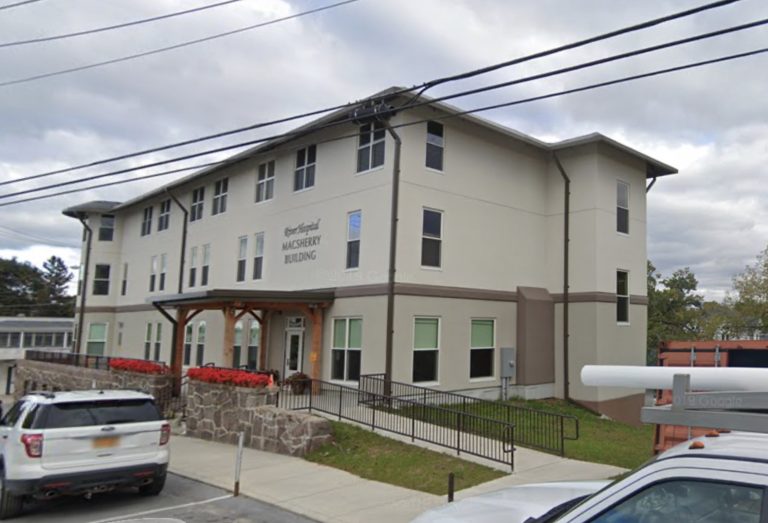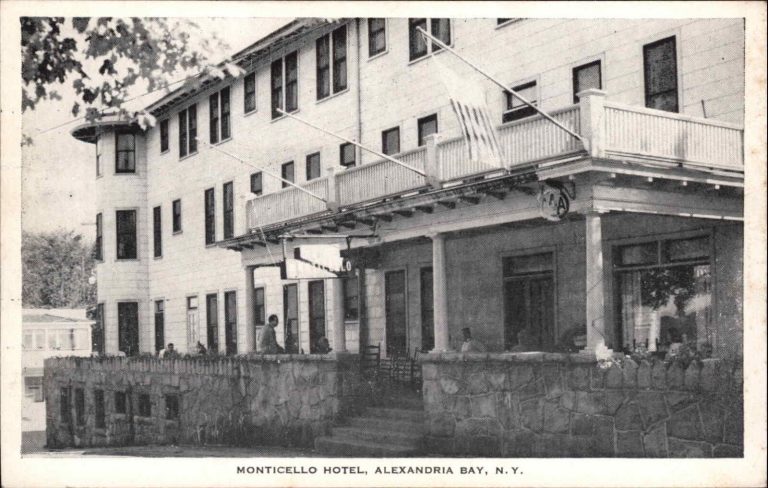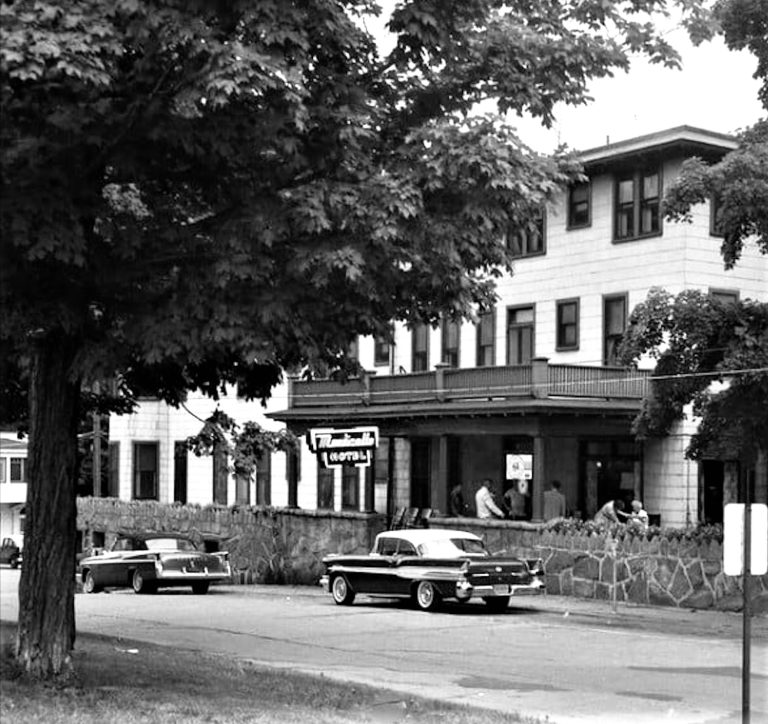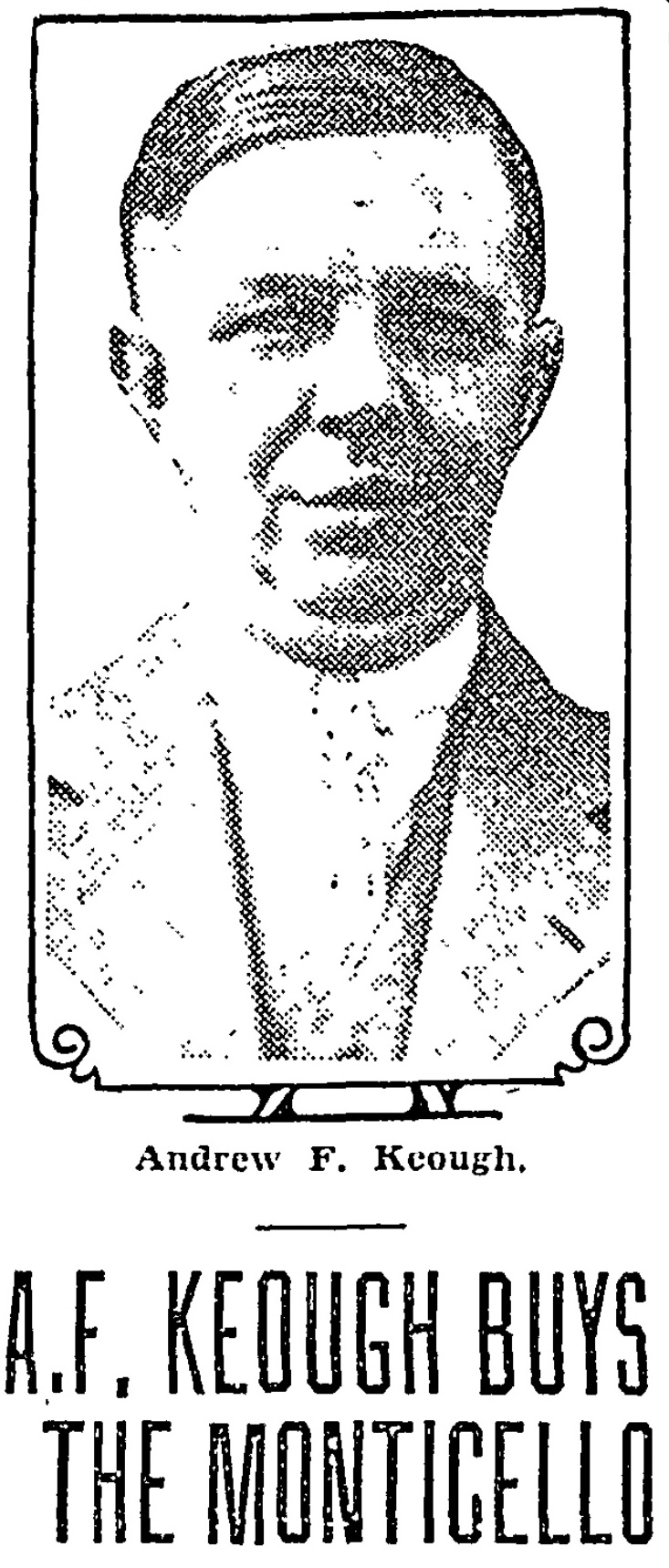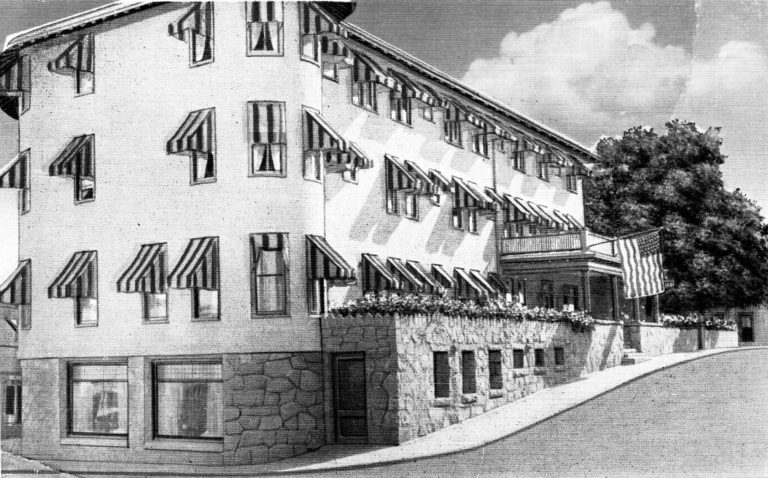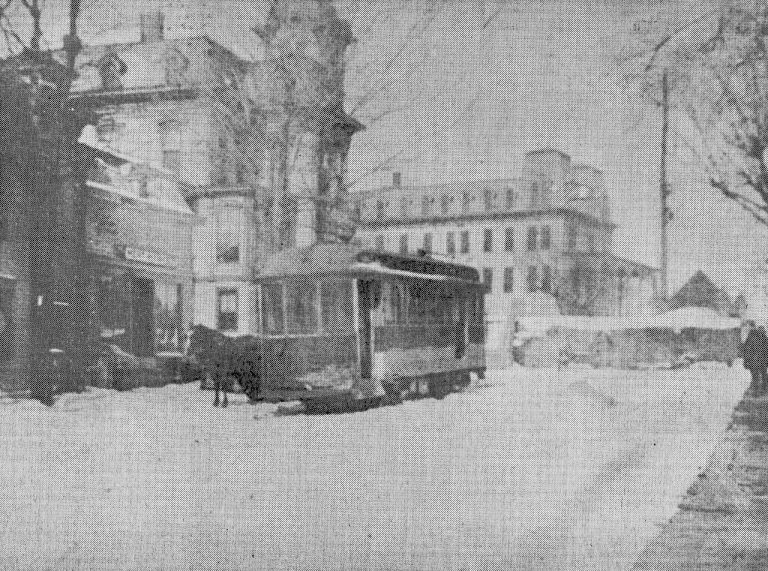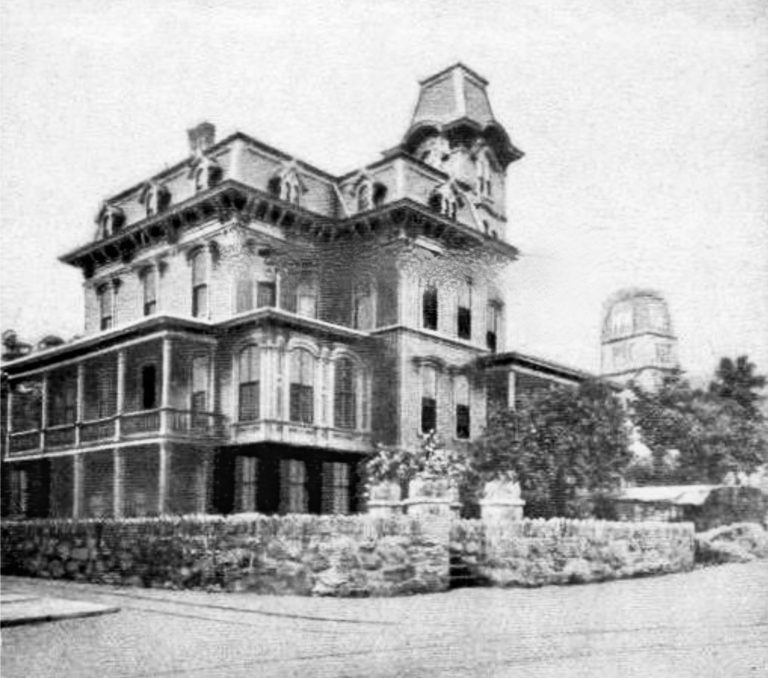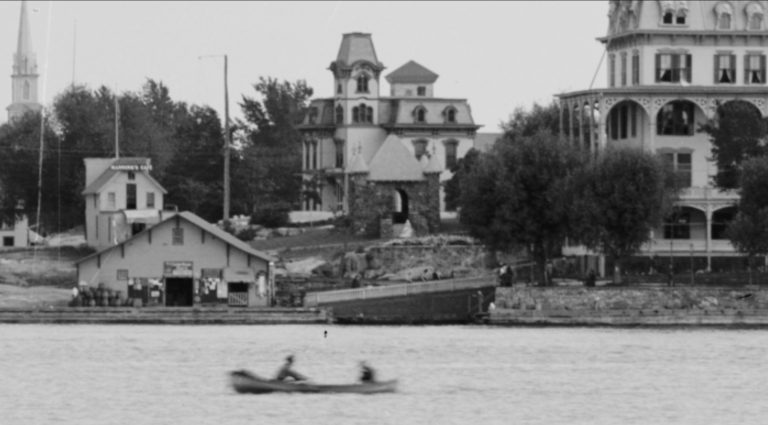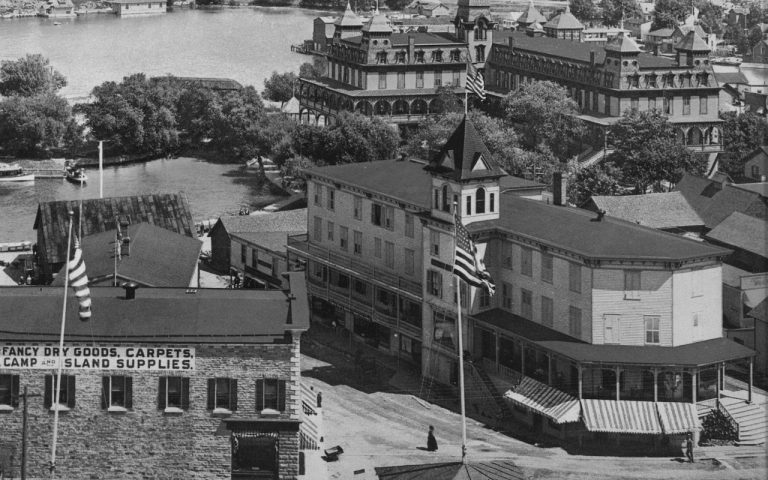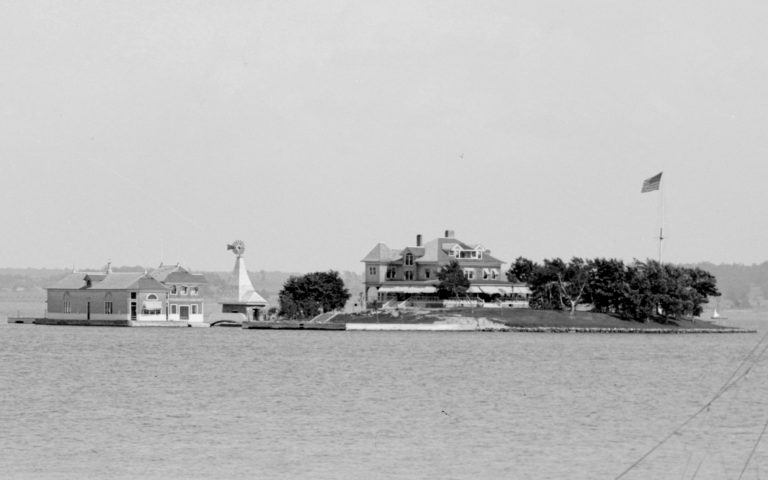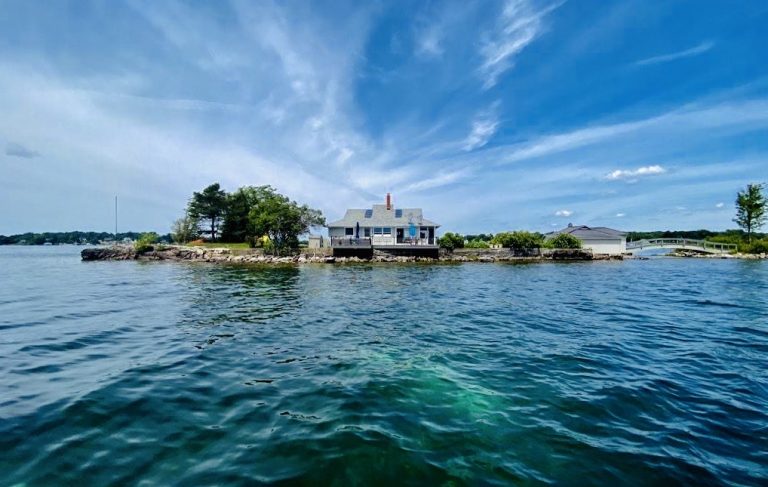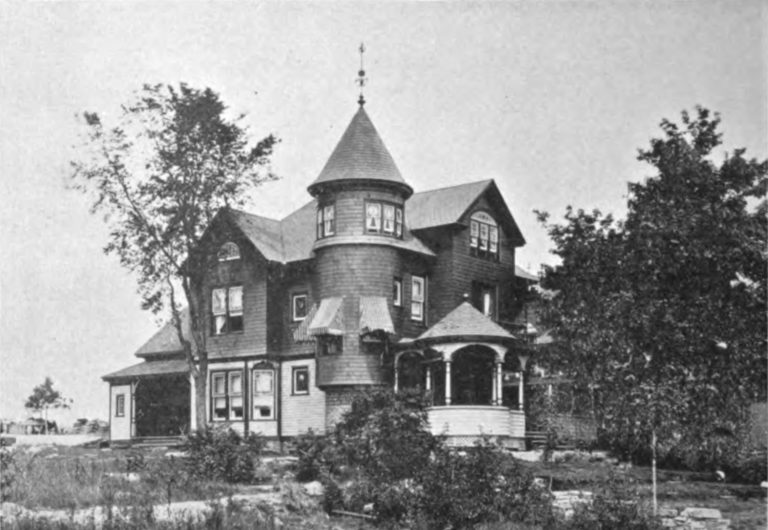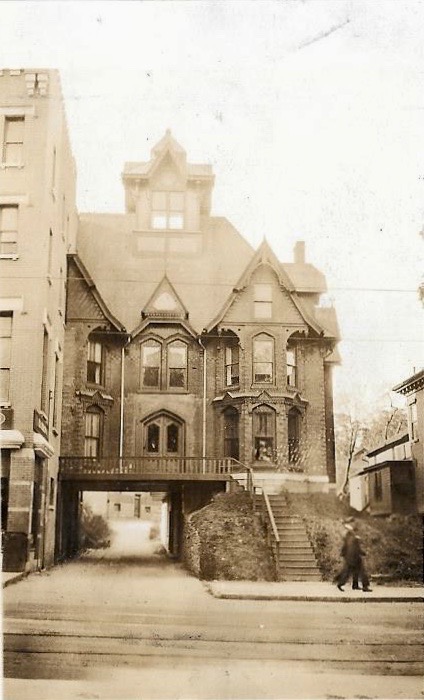Well-Known Monticello Hotel Had Its Beginnings As John F. Walton’s Home In Alexandria Bay
The history of the original Monticello Hotel building in Alexandria Bay dates back to at least 1864, when, from what can be discerned from local newspapers, John F. Walton‘s house was built. The large mansion later became the annex to the Marsden House for several years before the “New” Monticello Hotel was constructed starting in October 1922. The hotel would have many owners throughout its history, the longest ownership to W. Grant Mitchell, one-time mayor of the village and longtime executive secretary of the Thousand Islands Bridge Authority, from 1941 until the 1970s.

Born in Alexandria Bay on September 7, 1830, John F. Walton was the son of Azariah Walton, who first came from New Hampshire to Brownville, New York, before the War of 1812. Later, he moved to Theresa before settling in Alexandria Bay, appointed as the first deputy collector of the port by Andrew Jackson in 1839.
According to John F. Walton’s obituary, published January 10, 1894–
Shortly after his (Azariah’s) arrival at Alexandria Bay, Mr. Walton engaged in the lumber and stave business with John W. Fuller and continued in business until 1840. In 1843 Mr. Walton purchased all the islands in the American channel of the St. Lawrence between Clayton and Morristown. The islands in those days were valuable for timber which was standing on them. He now continued in business with his son, L. A. Walton, the name of the firm being L. A. Walton & Co.
In 1853, upon the death of L. A. Walton, the company was reorganized under the name of Cornwall & Walton. A. Walton died in 1855, and then his son, John F. Walton, continued a partner in the firm until 1877, when the old firm was again re-organized under the name of Cornwall Brothers.
For a short period, before he died in 1894, John F. Walton presided over the Alexandria Bay Steamboat Company. Five years after his death, the property, with elements of Second Empire architecture, with its mansard roof, dormers, and Italianate porch, was sold to Harvey Cornwall of the Cornwall Brothers.
Four years later, in 1903, Cornwall sold it to Gilbert L. Rafferty of Pittsburgh, owner of Imperial Isle and Bonnie Castle. Rafferty kept the property until selling it to Frank L. Raymond, proprietor of the nearby Marsden House, in 1912.
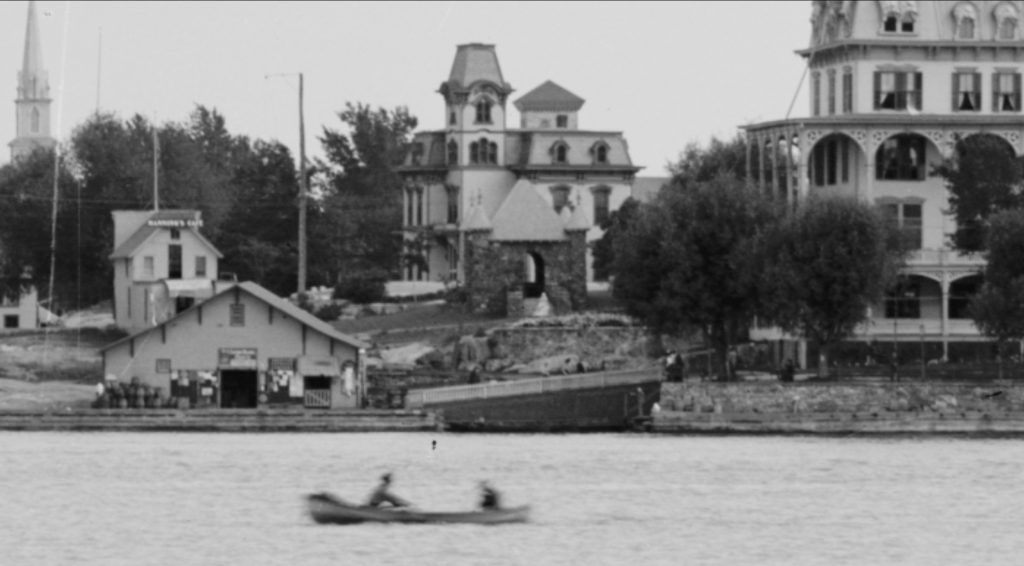
At this point, with the success of the Marsden House, Raymond began using the old Walton house as an annex. In 1922, when the lease ran out on the Marsden, Raymond decided to make what had evidently been called the Monticello Hotel, the “New Monticello Hotel,” with the ground-breaking in October of 1922. Unfortunately, it could not be determined exactly when, in 1922, the former Walton House/Monticello Hotel was raised, but part of it was evidently retained for use in the new hotel. The Watertown Daily Times reported on July 3, 1923–
The late John Walton, the grandfather of Raymond Cornwall, postmaster of Watertown, built the home more than a century ago. Just why he constructed it upon a huge boulder, the top shelves of which were used in the making of the hotel, is not known.
Another article from June 24, 1976, also stated–
Mr. Raymond purchased the John Walton house on the property in 1912 from Gilbert T. Rafferty and, after removing some rock on the site, grading and erecting a retaining wall, built the 40-room hotel. The part of the Walton residence, built about 1864, facing Church St. was included in the hotel.
The Oct. 17, 1922, Commercial Advertiser (Postdam Junction) also spoke of the then-current Monticello Hotel being “greatly enlarged this winter and coming spring by a new modern $100,000 stone and cement fireproof addition.” J. B. and R. I. Reid of Alexandria Bay were awarded the contract for construction with a stipulation that the New Monticello Hotel be ready for occupancy on June 1st in time for the summer season.
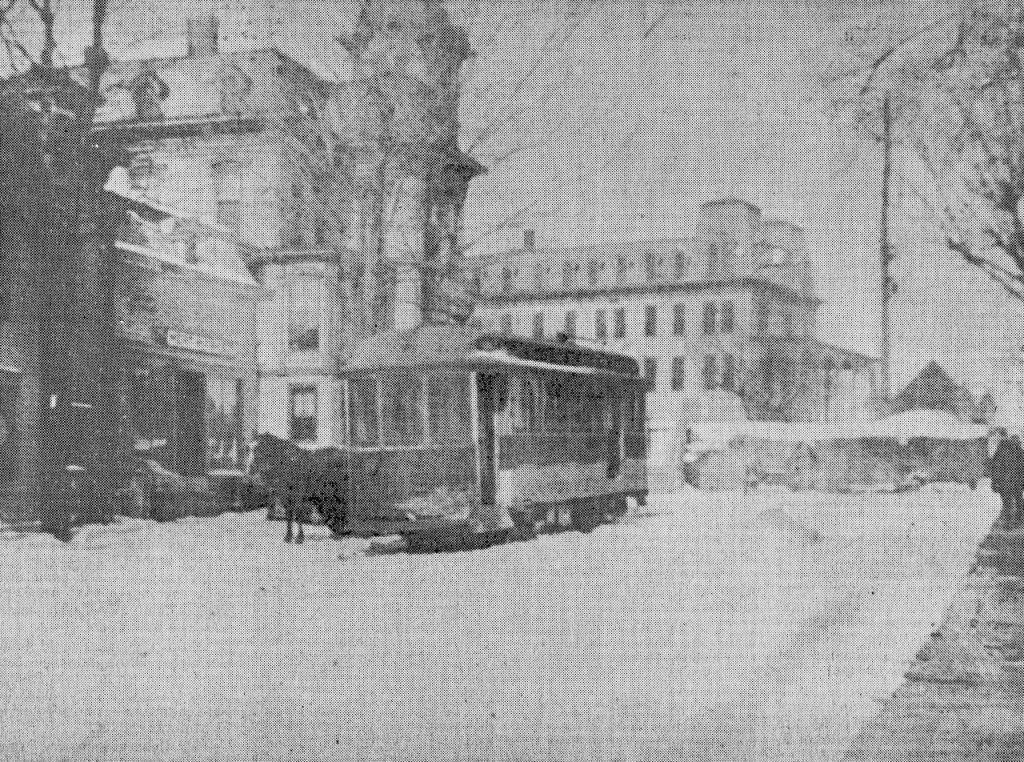
In the same article, the original Monticello Hotel was said to have 25 rooms, and the new four-story building would have 100 rooms, each with separate baths, though later, in the April 10, 1932 edition of The Times, it was said to contain 53 guest rooms with a dining room capable of seating 300 guests comfortably, taking up a large portion of the ground floor.
Upon its opening, July 3, 1923, The Times further reported of the New Monticello Hotel–
To date $105,000 has been spent on construction work and furnishing the hotel and the final figure will reach $110,000. Mahogany is used throughout the interior woodwork. All floors are highly polished red birch. Each bedroom, and there are 100 of them, have either bath or shower. Blue and white respectively are the colors of the walls and ceilings.
Each sleeping room has a wardrobe built in, the door of which has a full length dressing mirror. The halls are large and well lighted, with lounging rooms on each floor.
One of the coziest places in the hotel is the lobby where a fireplace of red granite lends attractiveness and warmth to the room.

Despite his initial success running the Monticello Hotel, Frank Raymond, like many others during the Great Depression, ran into financial problems. In August of 1932, Raymond filed for bankruptcy protection with liabilities of $15,309. The previous summer season saw losses and tourist business in the summer of ’32 was described as “practically nothing” due to the depression. The Monticello went into foreclosure in December, with a pending auction sale.
The hotel was sold in March of 1933 to Melvin W. Merrill of Alexandria Bay, Daniel B. Schuyler of Watertown, and W. W. Holmes of Redwood for $32,500. The threesome immediately offered the property for sale or lease, and Monticello Hotel opened before the end of May, leased by Mr. and Mrs. John Hunt and their son, Gerald.
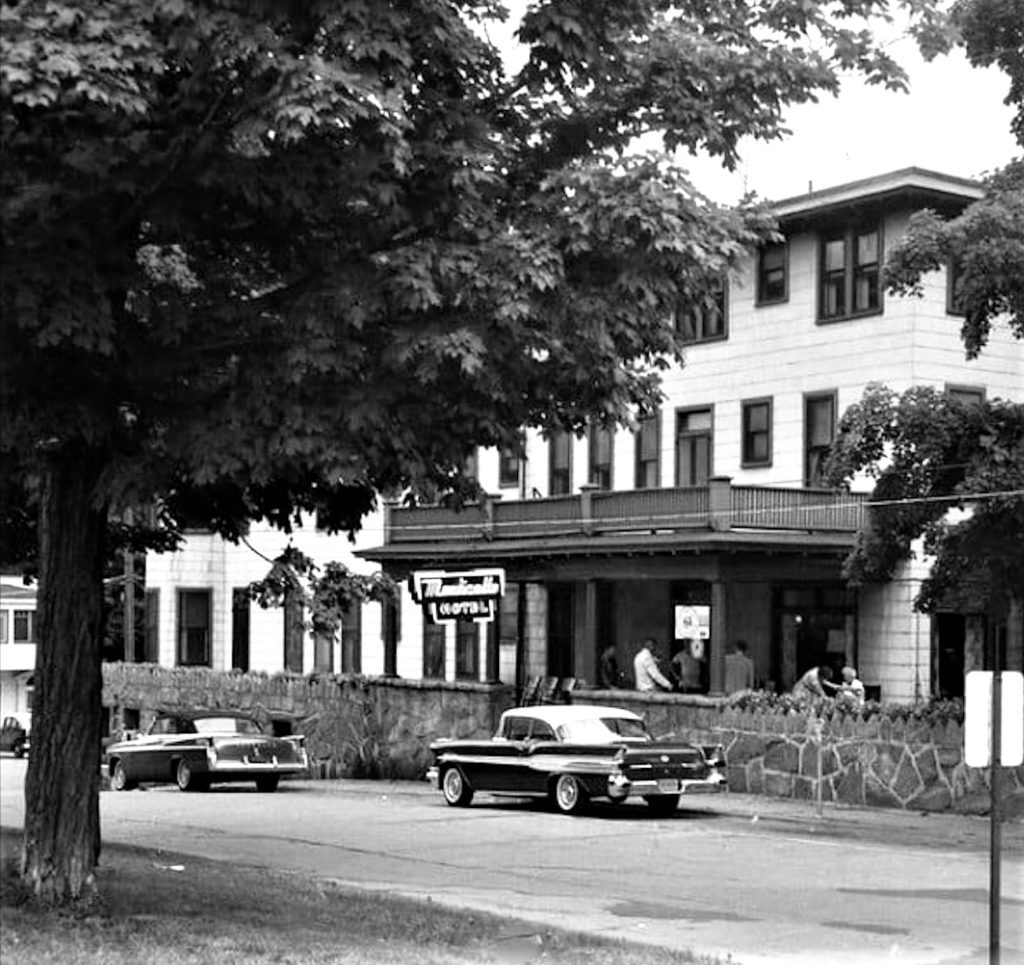
The following year, the hotel was leased to Bert Freeman, who was the proprietor of the Edgewood Club Hotel and once the proprietor of the Columbian Hotel at Thousand Island Park and the Crossmon House in Alexandria Bay. That year, Monticello underwent some improvements, including a new grill room with a nightly orchestra.
Two years later, Andrew F. Keough, the proprietor of Hotel Carleton in Cape Vincent, purchased the Monticello Hotel and its furnishings to be managed by his son, Forrest. Keough had also previously managed the Walton House and Hubbard House in Clayton, selling the latter to Harold N. Bertrand in 1924. The ownership lasted about five years, as a very ill Andrew Keough sold it to W. Grant Mitchell in March of 1941 after being confined to a bed since December 1, having spent nearly two weeks at Mercy Hospital in Watertown. He later passed away in November at the age of 57 after a long illness.
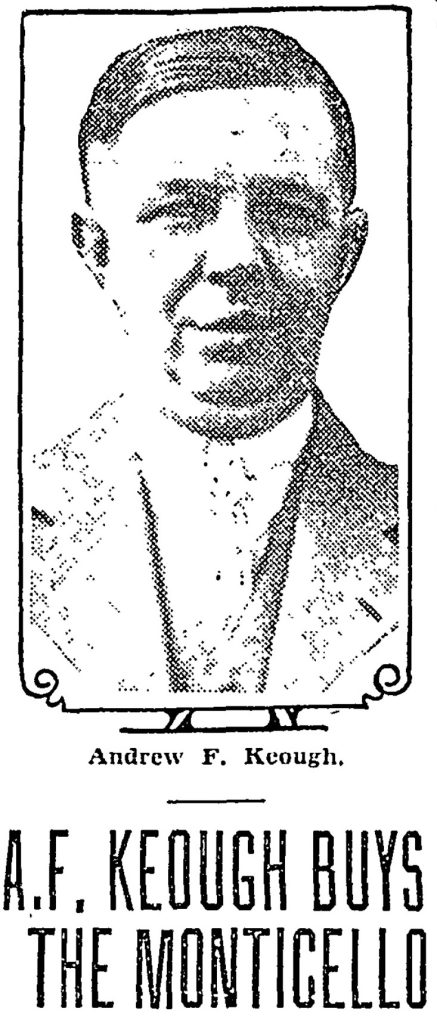
Mitchell then operated the Monticello Hotel for over 30 years, when it was sold in June 1976. The Times originally stated the buyers were Mrs. Judy Herbert Wade and Edward Kearns, though Patrick J. Simpson was later referenced as the co-owner with Mrs. Wade. The two sold the property in March of 1988 to the Empire Development Group, where Paul H. Quackenbush, the Empire Boat Tours owner, was a partner, though the hotel had ceased operating as such and PJ’s Nightclub occupied part of it.
Most recently, in 2017, the former Monticello Hotel was purchased by Richard Macsherry and donated to the River Hospital. Much work went into renovating the building, which currently serves as the hospital’s medical office building.
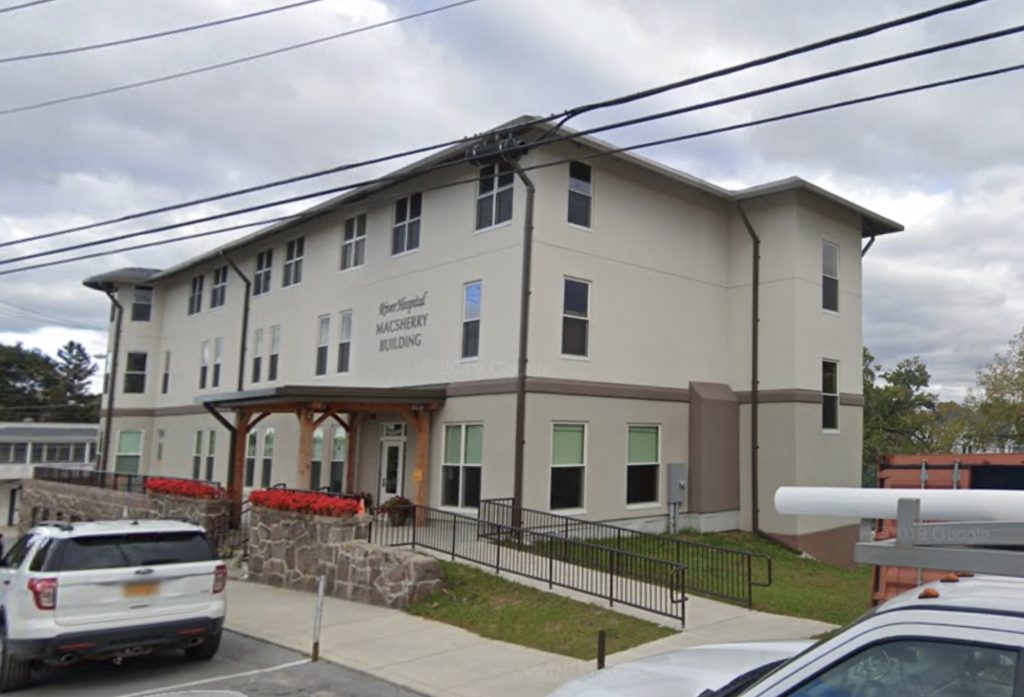
Interesting Tidbit of History
In 1936, well-known Hollywood actor Edward G. Robinson, who prominently played gangster roles in the 30s but also starred in the Ten Commandments, Double Indemnity, and Key Largo, visited Alexandria Bay where his latest movie, “Bullets or Ballots,” was screening and “was besieged by admirers” at Monticello Hotel.
